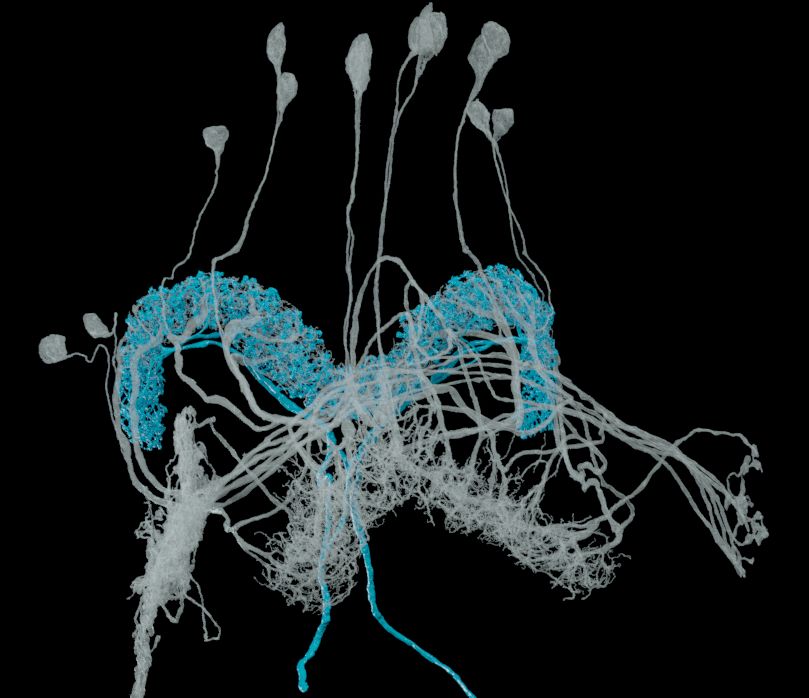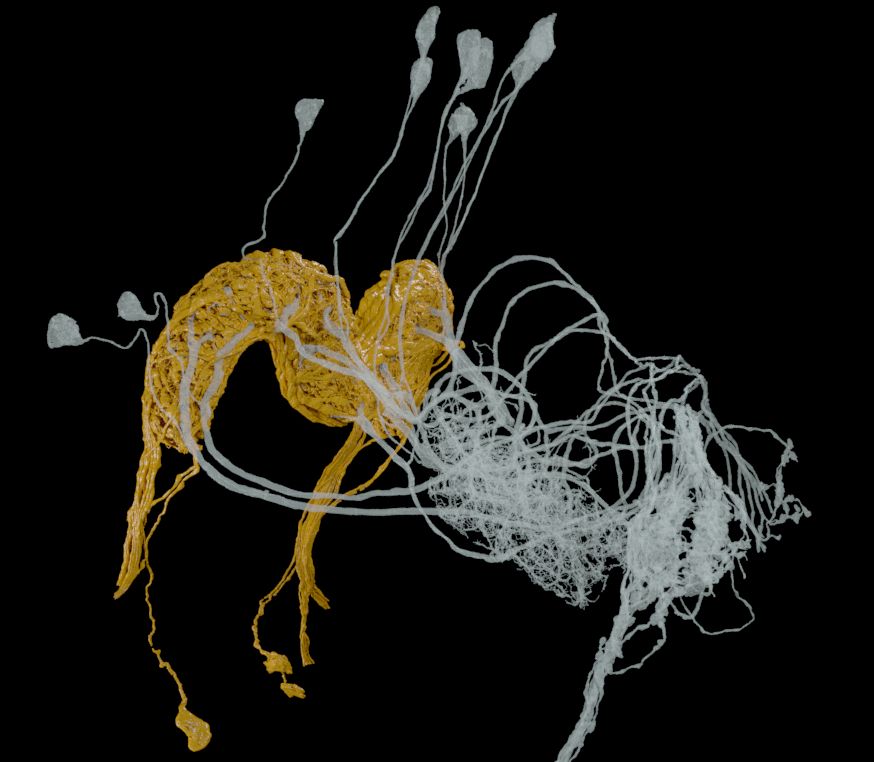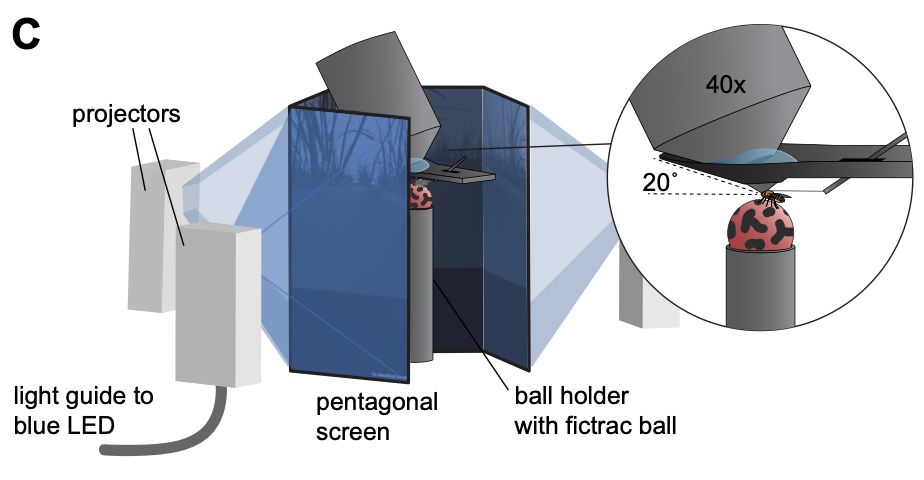
vimeo.com/142648727
vimeo.com/142648727
hhmi.wd1.myworkdayjobs.com/en-US/Extern...
More openings coming soon. Interesting AI is widespread at Janelia, like this diffusion model from Larissa Heinrich.
hhmi.wd1.myworkdayjobs.com/en-US/Extern...
More openings coming soon. Interesting AI is widespread at Janelia, like this diffusion model from Larissa Heinrich.
www.janelia.org/project-team...
www.janelia.org/project-team...
Want to help build networks like this? Join #HHMIJanelia's new AI initiative as a data engineer:
hhmi.wd1.myworkdayjobs.com/en-US/Extern...
Want to help build networks like this? Join #HHMIJanelia's new AI initiative as a data engineer:
hhmi.wd1.myworkdayjobs.com/en-US/Extern...



www.hhmi.org/beautifulbiology
www.hhmi.org/beautifulbiology
github.com/JaneliaSciCo...
github.com/JaneliaSciCo...
doi.org/10.1101/2022...

doi.org/10.1101/2022...





